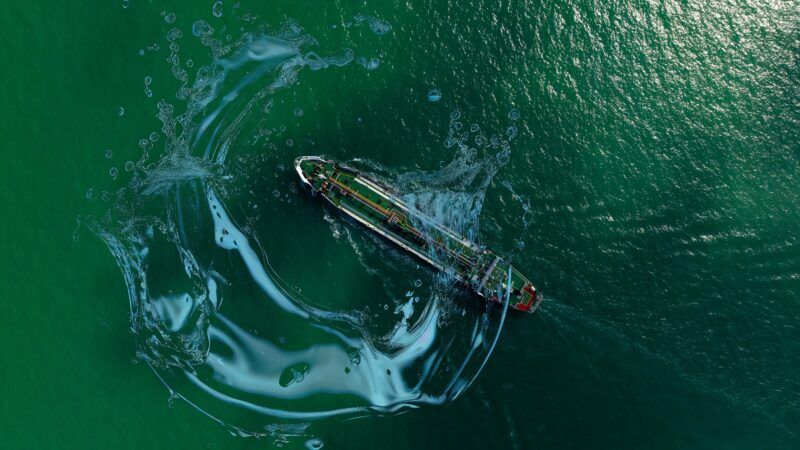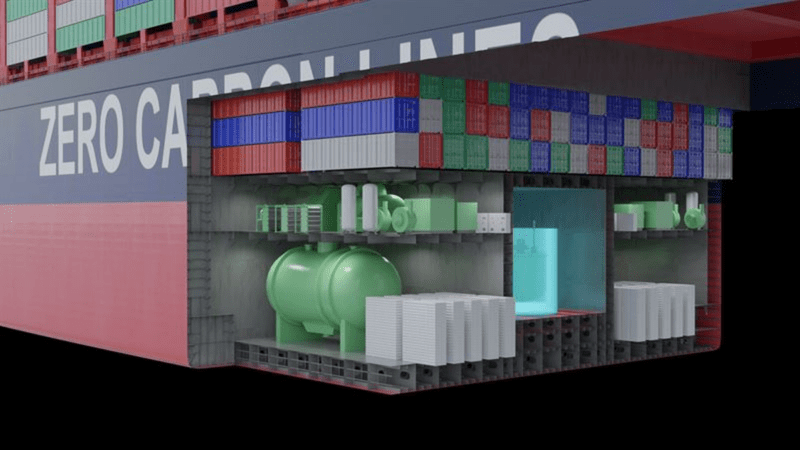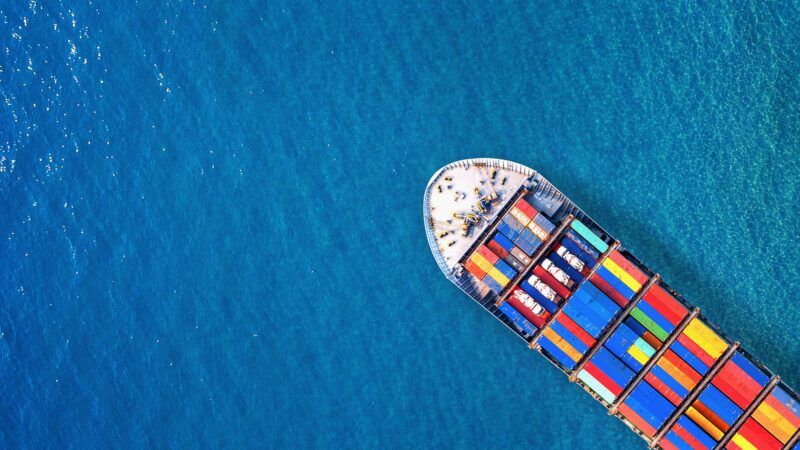 Ports have the opportunity to establish themselves as gateways and hubs for the blue economy. (GettyImages)
Ports have the opportunity to establish themselves as gateways and hubs for the blue economy. (GettyImages)
5.4 million jobs and rising: the employment potential of the blue economy in Europe
The innovation and growth potential of the blue economy makes it one of the main engines of the European economy and an option to create new jobs, both in established and emerging sectors. Biotechnology, ocean energy or the provision of ecosystem services are some of the new areas with a high capacity for development and job creation. And they join others as relevant to the economy as aquaculture, fishing or tourism.
 Ports have the opportunity to establish themselves as gateways and hubs for the blue economy. (GettyImages)
Ports have the opportunity to establish themselves as gateways and hubs for the blue economy. (GettyImages)
The economic force of the seas
The blue economy recognizes the value of the seas, oceans and coasts as economical engines due to their potential to grow sustainably. Currently, and according to 'The EU Blue Economy Report 2021' report by the European Commission, the most established sectors employ 4.5 million people directly and the figure is expected to double by 2030. In addition, the blue economy has the ability to promote environmentally responsible exploitation, to ensure that these jobs and the wealth created are sustainable over time.
"The blue economy represents an innovative, inclusive concept with worldwide repercussions, both due to its economic potential and the fact that it can reduce environmental degradation," explains Juan Vidal, coordinator of the Atlazul Project of the the International Campus of Excellence in Marine Science (CEIMAR). "The oceans are viewed as development spaces where conservation, sustainable energy, production and extraction of wealth, among others, are integrated."
According to Vidal, sustainability is an obligation and a transversal thread in the strategies of all sectors related to the blue economy. Something that is essential to promote inclusive and real growth.
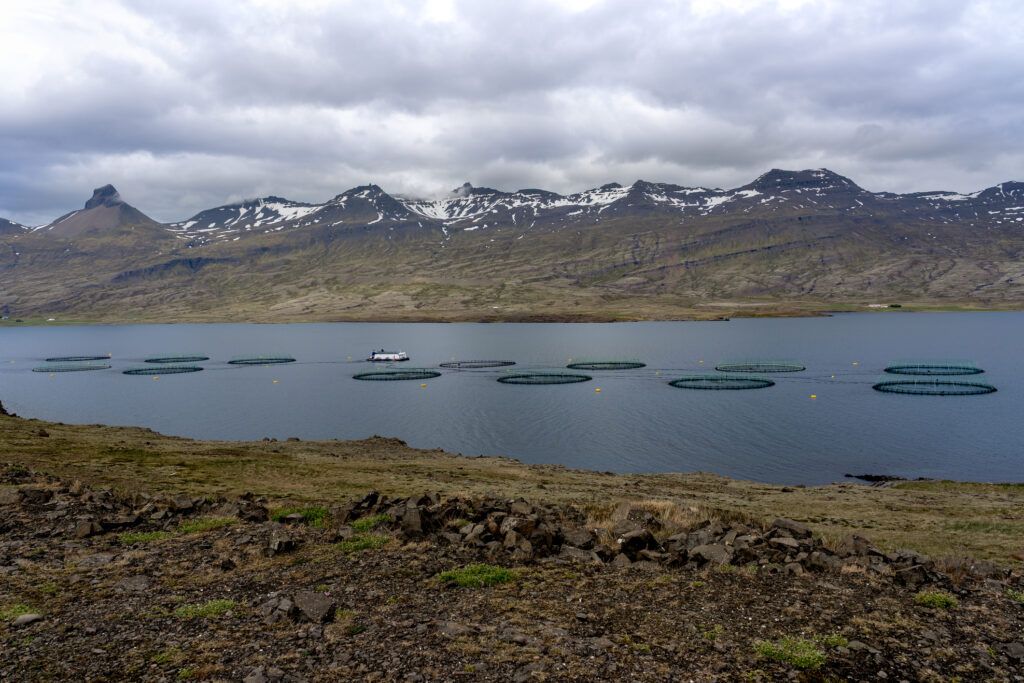
Blue jobs: security and new opportunities
According to the report 'Employment guide: blue economy jobs for young people', prepared by The Blue Generation Project, the blue economy generates jobs in sectors based directly on the sea, such as fishing and aquaculture, maritime transport, coastal tourism or wind energy. It also creates them in other related sectors, such as shellfish processing, marine biotechnology, port activities, and shipbuilding and maintenance.
Most of these are very relevant sectors that generate numerous jobs along the entire European coast. "According to the European Commission, between 2009 and 2017, employment has grown by 10% in coastal tourism and 25% in port activities," confirms Vidal. Other areas, such as shipping and shipbuilding, have also seen employment levels rise in recent years.
In addition, the blue economy generates jobs in those activities that are related to coastal or maritime sectors, such as environmental protection, education or research.
The jobs derived from emerging sectors also come into play. Some examples are those related to natural capital, ecosystem services or biotechnology. "Emerging sectors offer significant potential for growth and employment, especially in areas related to renewable energies," says Vidal. “Wind offshore renewables, for example, have experienced exponential growth. In 2008, they were responsible for 20,000 jobs, a figure that rose to 210,000 in 2018.”
According to the coordinator of CEIMAR's Atlazul Project, all areas share a common denominator: innovation and the development of new products. "This is already demanding greater specialization, at the same time that opens up new spaces for growth and employment," he points out.
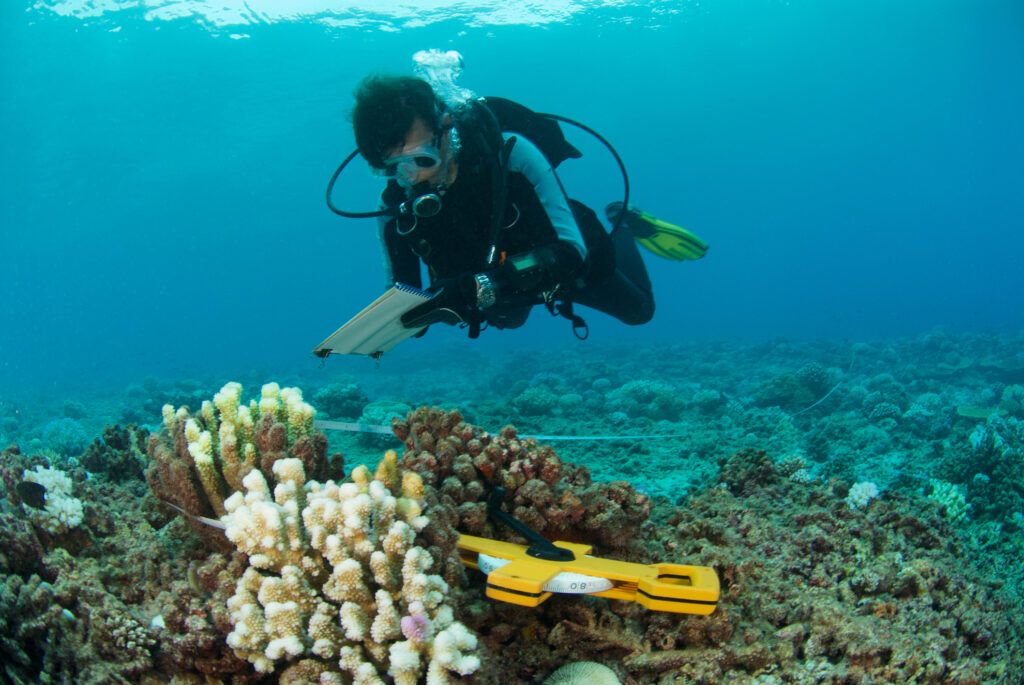
In Europe, the most established sectors of the blue economy employ 4.5 million people directly. The figure is expected to double by 2030
The role of ports in the blue economy
Ports are linked, in one way or another, to numerous sectors that form the blue economy. According to the report 'Employment guide: blue economy jobs for young people', more than 270,000 people work in ports, warehouses or marine infrastructures in the EU countries. Freight transport, on the other hand, employs more than 267,000. To all these, positions related to tourism, security, technological services or the sale and rental of pleasure boats, among others, can be added.
Currently, one of the challenges for ports is to reduce greenhouse gas emissions from their activities and minimize their impact on the environment. To achieve this, changes must be made in the infrastructures, improving the energy efficiency of ships, investing in alternative fuels and improving control and monitoring systems. A whole series of processes that, if approached correctly, can favor job creation.
"In this sense, the blue economy strategy will create and diversify employment and will allow the possibility of training in complementary activities," says Vidal. "On the other hand, ports must redefine themselves as a tractor for other activities and establish themselves as gateways and hubs for the blue economy."
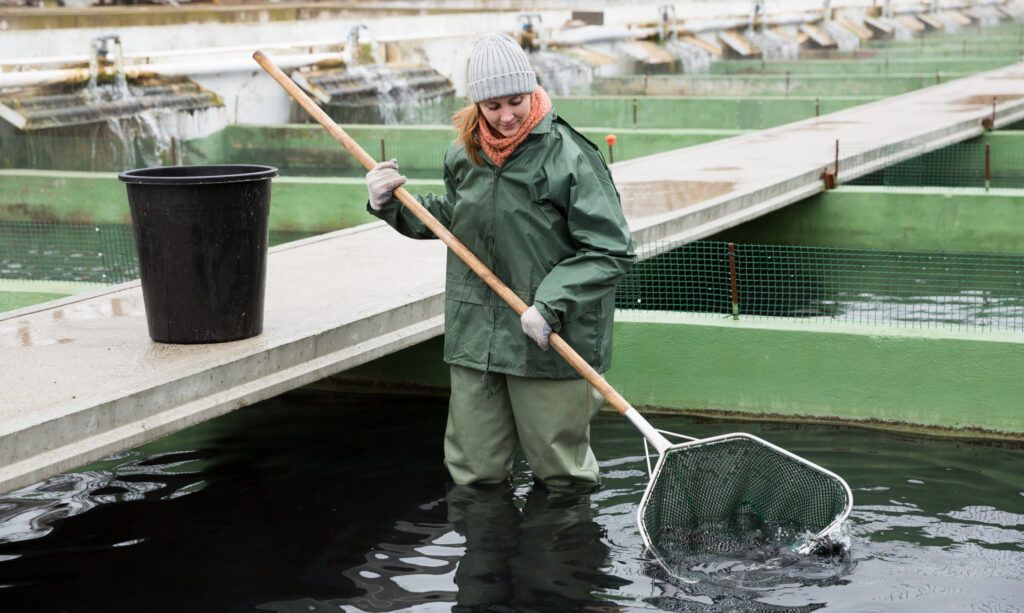
‘Blue economy’, from Barcelona to Algeciras
According to data from the Spanish Global Compact Network, this economy contributes 5% of the world’s GDP and, at the State level, generates some 23,000 million euros of gross added value and more than 691,000 jobs.
With the premise that there are no smart cities if there are no smart ports, the Port of Barcelona and the city council have presented a project to promote the blue economy and ensure that the benefits also revert to the rest of the city.
This project, for which the city council and the Port of Barcelona have signed a collaboration agreement, aims to promote the development of the maritime sector and the blue economy in the city, especially in the coastal area, dedicating specific spaces that create environments that enhance innovation, and promoting higher and professional education in this area.
These projects will facilitate the creation of new quality jobs within a sector that currently employs some 15,000 people and generates 3,750 million euros in annual turnover in the city of Barcelona, representing 4.3% of its GDP and 1.4% of employment.

The Barcelona proposal can take as a reference the success achieved in other Spanish ports, such as Vigo. Among the objectives of its Blue Growth strategy, two points stand out: to generate quality employment and promote professional qualification.
Algeciras is also a good example to understand how a port can become an economic and social development engine. "It is an important innovation node, a leader in the implementation of intelligent solutions aimed at providing security and optimizing traffic flows, and a national leader in the movement of containers," says Vidal. "Their activity has a fundamental impact on its geographical environment, providing some 28,000 jobs and 11% of the province's GDP."
In the case of Valencia, according to the report prepared by the Department of Economics and Social Sciences of the Polytechnic University of Valencia with data from 2016, the ports managed by the port authority (Valencia Sagunto and Gandía) generated around 38,800 jobs, 2% of all jobs in the Valencian Community.



